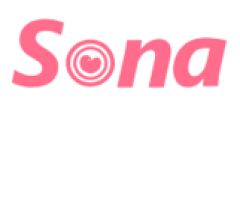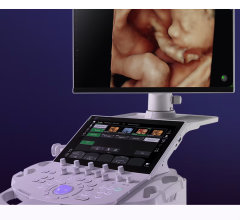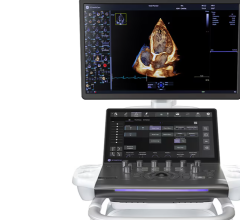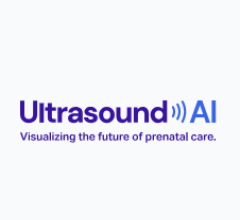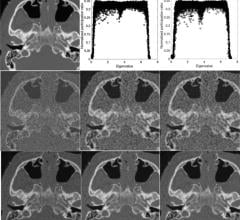
November 12, 2012 — Cephasonics, Inc., a technology-innovation leader focused on delivering mixed-signal semiconductors, modules and subsystems to the imaging and ultrasound markets, today announced the release of the Cephasonics ultrasound application-programming interface (CS-API) software Version 3.0. Combined with Cephasonics’ Quest™ (CSK9130) front-end beamforming system, it enables OEMs to develop ultrasound-based products for medical and imaging applications quickly and easily. CS-API V3.0 incorporates new and enhanced functions, including parallel beamforming; Doppler modes such as color-flow mapping (CFM), power-Doppler imaging (PDI), and pulsed-wave Doppler (PWD); duplex/triplex modes; and PCI-Express host-interface support. Cephasonics will demonstrate its latest embedded-ultrasound technology at RSNA in Chicago in Hall B, booth 9525, November 25-30.
“This new release of our powerful ultrasound API software provides a more robust feature set and makes it simpler for our customers to develop innovative ultrasound-based application-specific solutions built around our Quest embedded beamforming front-end system,” said Richard Tobias, CEO and founder of Cephasonics.
CS-API Version 3.0 Highlights
New and enhanced features include:
· Support for multiple focal zones: This enhancement provides focus on transmit that delivers higher-resolution images. Cephasonics’AutoFocus™ receive beamformer provides dynamic continuous focus that updates at every sample throughout the entire scan depth.
· Full support to control Doppler processing parameters, and to acquire and display CFM, PDI, and PWD in duplex and triplex modes: This capability allows customers to incorporate any of these imaging modes into their end-product easily.
· Doppler-mode turn-on: Formerly users generated Doppler images by acquiring raw beam data and performing all the necessary processing on their own. Now they have the option to simply turn Doppler modes on, eliminating the need to develop those algorithms.
· Full support of parallel-beam processing: Multiple focal zones and/or duplex imaging with both B-mode and Doppler require multiple transmit firings that result in a reduced frame rate. To support the higher frame rates critical to many ultrasound applications, parallel beam processing, including dual beam and QuadBeam™, is supported.
· PCI-Express (PCIe 1.1, x4) host-interface support: This provides customers with a higher throughput data path for raw data acquisition.
· Revamped FrameViewer™ application example: Included with CS-API V3.0 in executable and source code, supports development that takes advantage of all the new features of the release. The dynamic GUI, image display, and XML-based configuration files were updated and streamlined for optimal ease of use.
“The Quest (CSK9130) embedded-ultrasound engine with its feature-rich API allows users to control thousands of system parameters,” said Danny Kreindler, senior director of marketing at Cephasonics. “Users can develop their software with a choice of three programming interfaces that provide different levels of abstraction to the underlying platform and different levels of system-parameter control.” The system is completely self-contained and includes all necessary analog transmit/receive circuitry, beam formation, high-voltage power supplies, mid-processing functions, back-end host and probe interfaces.
The new CS-API V3.0 software will be available in the first quarter of 2013 from Cephasonics and its worldwide network of distribution partners. The company provides a free development and production license to use the software with the purchase of Quest series front-end systems.
For more information: www.cephasonics.com.


 November 03, 2025
November 03, 2025 

